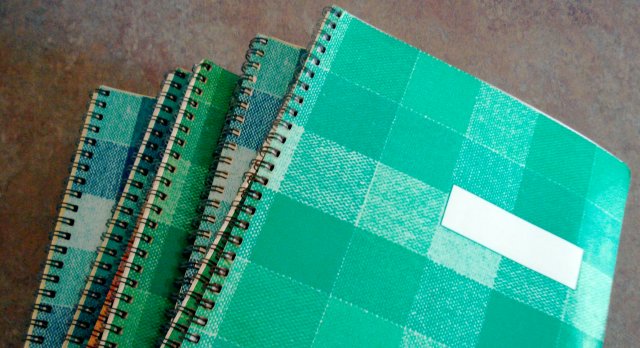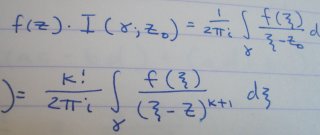Doing some fall cleaning, I found a dozen Clairefontaine A4 notebooks from student days in the late 1980s/early 1990s.

The notebooks strongly resemble the current offerings, and have held up very well over time. Good job, Clairefontaine!


pencil talk | pencil reviews and discussion
exploring the art and science of pencils since 2005
Doing some fall cleaning, I found a dozen Clairefontaine A4 notebooks from student days in the late 1980s/early 1990s.

The notebooks strongly resemble the current offerings, and have held up very well over time. Good job, Clairefontaine!

Unfortunately, Clairefontaine has recently changed the patterning of its notebook covers from the lovely plaid-like style to something more like a computer pattern.
I don’t like plaid, so the change is fine for me. o.oV
I’m with Adair: it’s a shame they changed it to the pseudopixellation of the current ones. Whilst I’m not a huge fan of plaid, it’s got more charm than pixels.
Is it “real” maths or engineering maths in the second screenshot? My engineering maths is at such a basic level that I can’t tell either way. (My “real” maths is even worse. That’s what a Literature degree will do to you.)
That’s real math, I believe. >_>; Granted most of it is represented with symbols, not numbers.
Love the math! I’m currently in Calc BC in high school…fun stuff.
Just got a Rhodia reversebook–my first ever! Can’t wait to start using it.
Ah, Cauchy formula for the nth derivative!
Talk about plaid, the 1951 vintage ones look great, don’t they?
I’m having flashbacks of being in calculus class during my engineering studies… We used “National” light green engineering paper tablets purchased from the school bookstore.
Unfortunately, the paper is better preserved than my memory. But it definitely was calculus.
complex analysis…